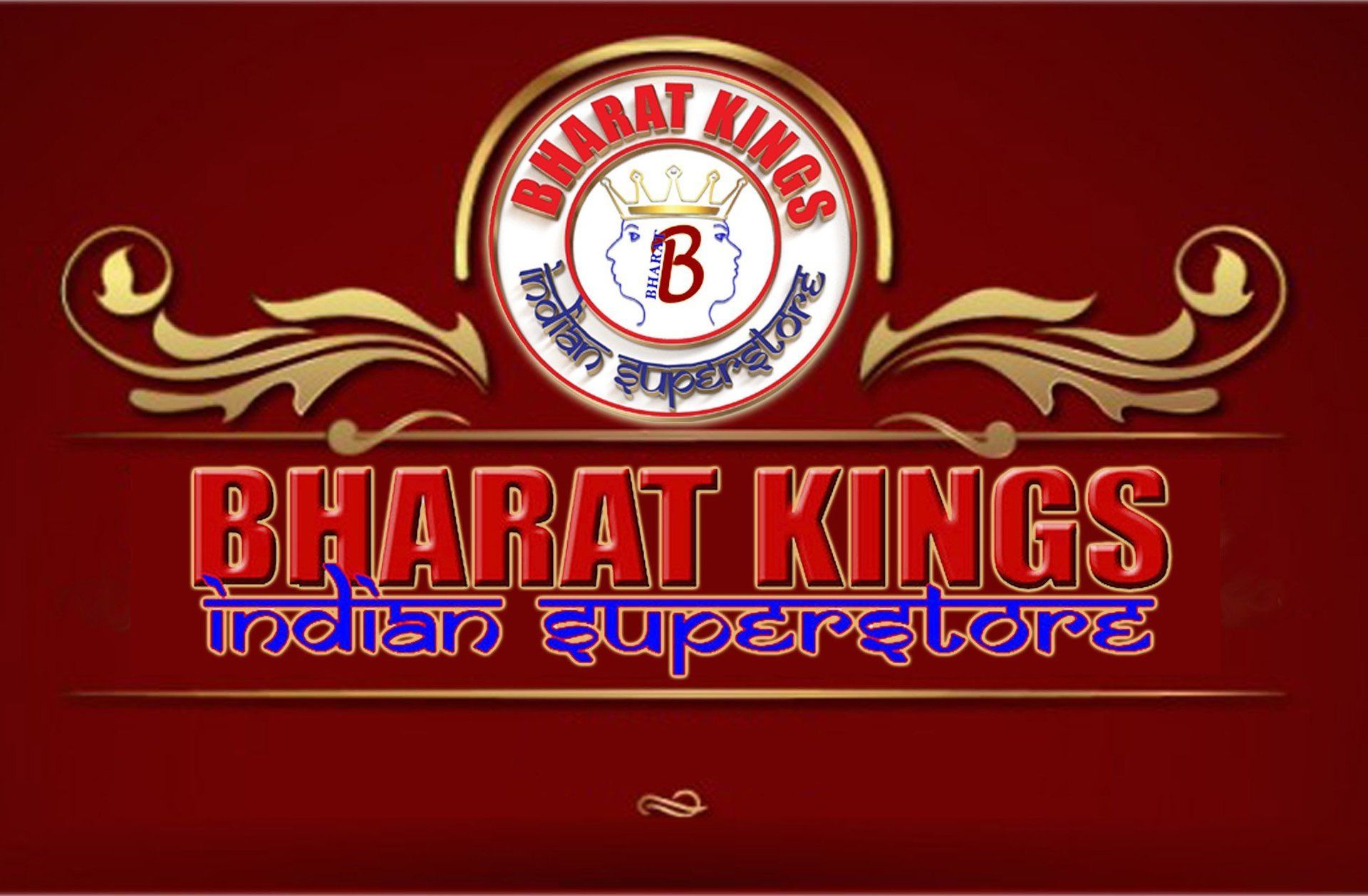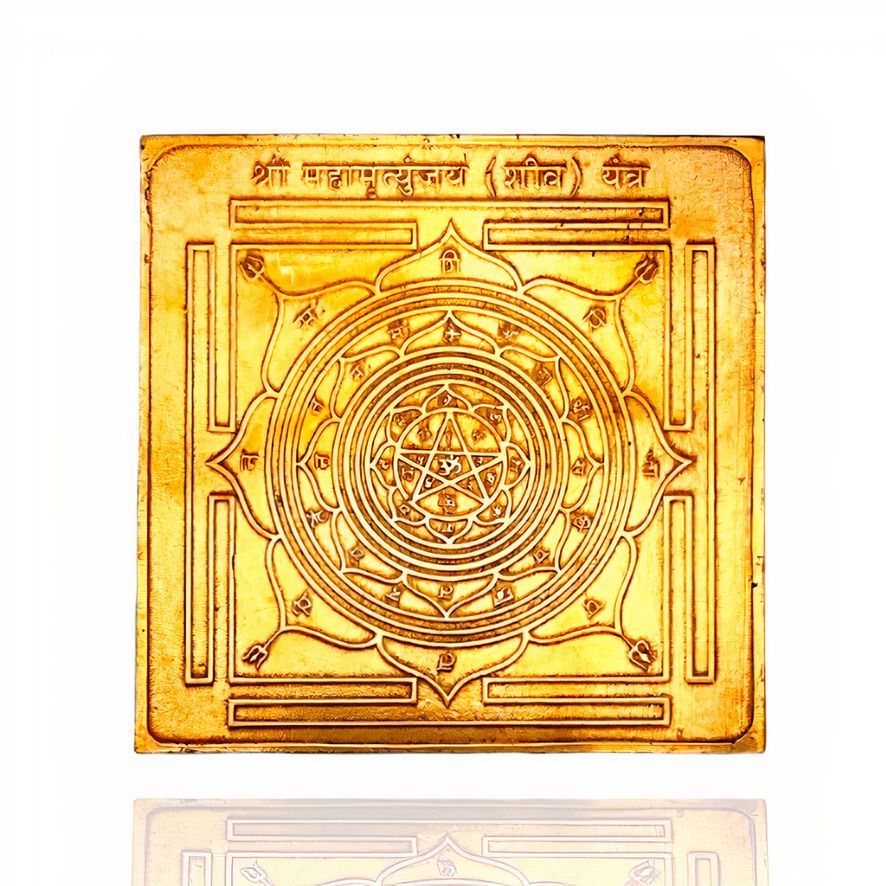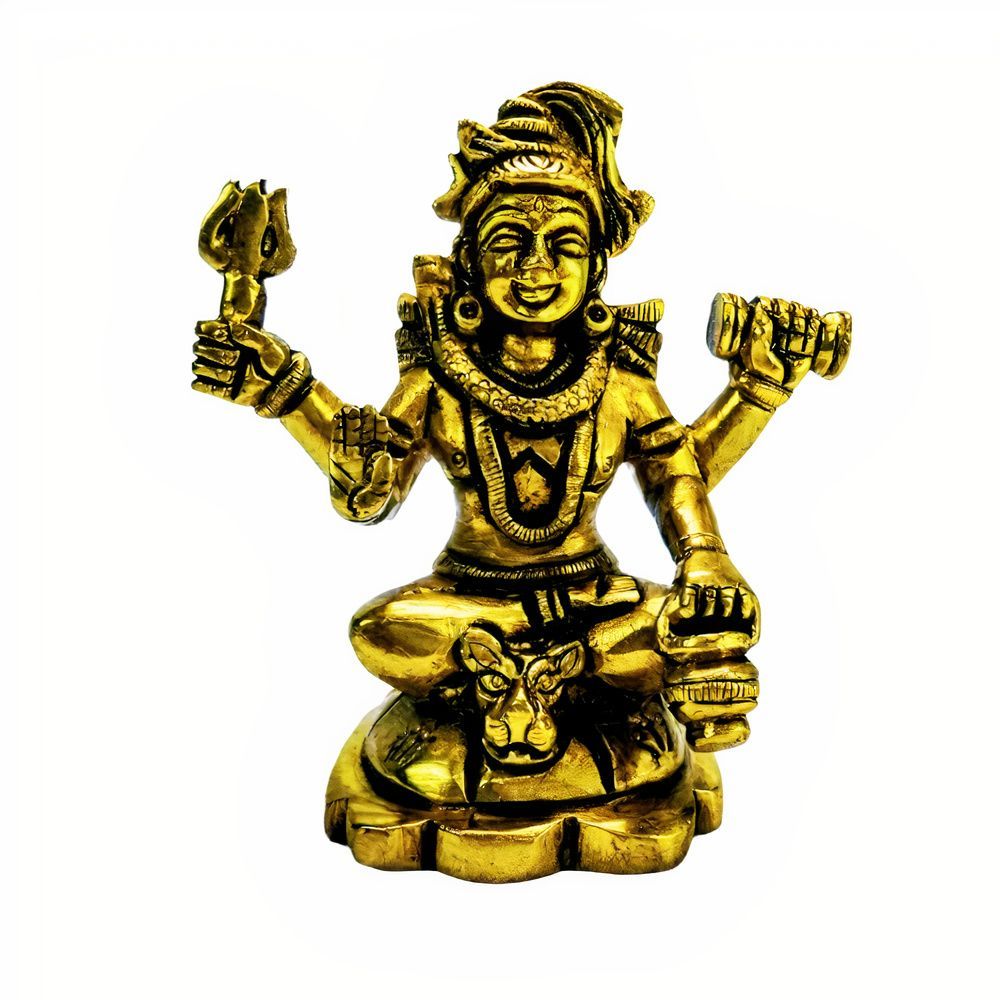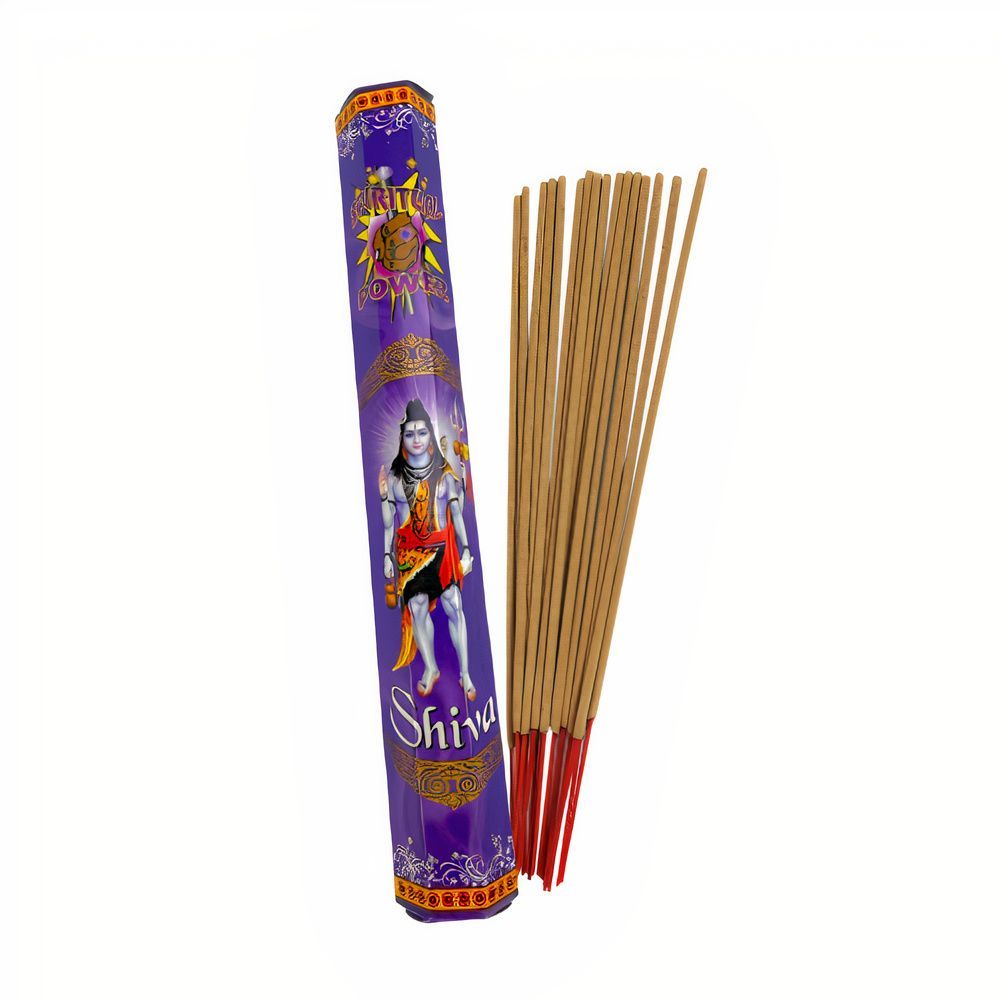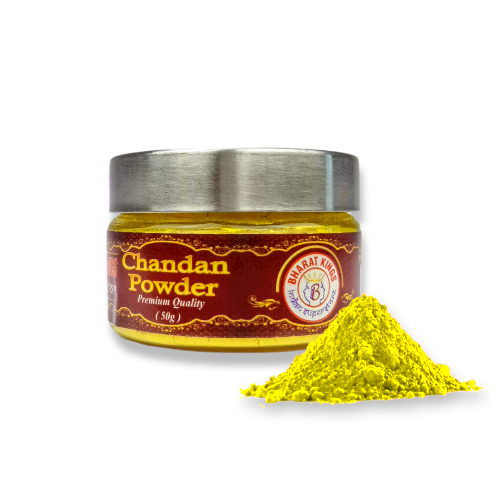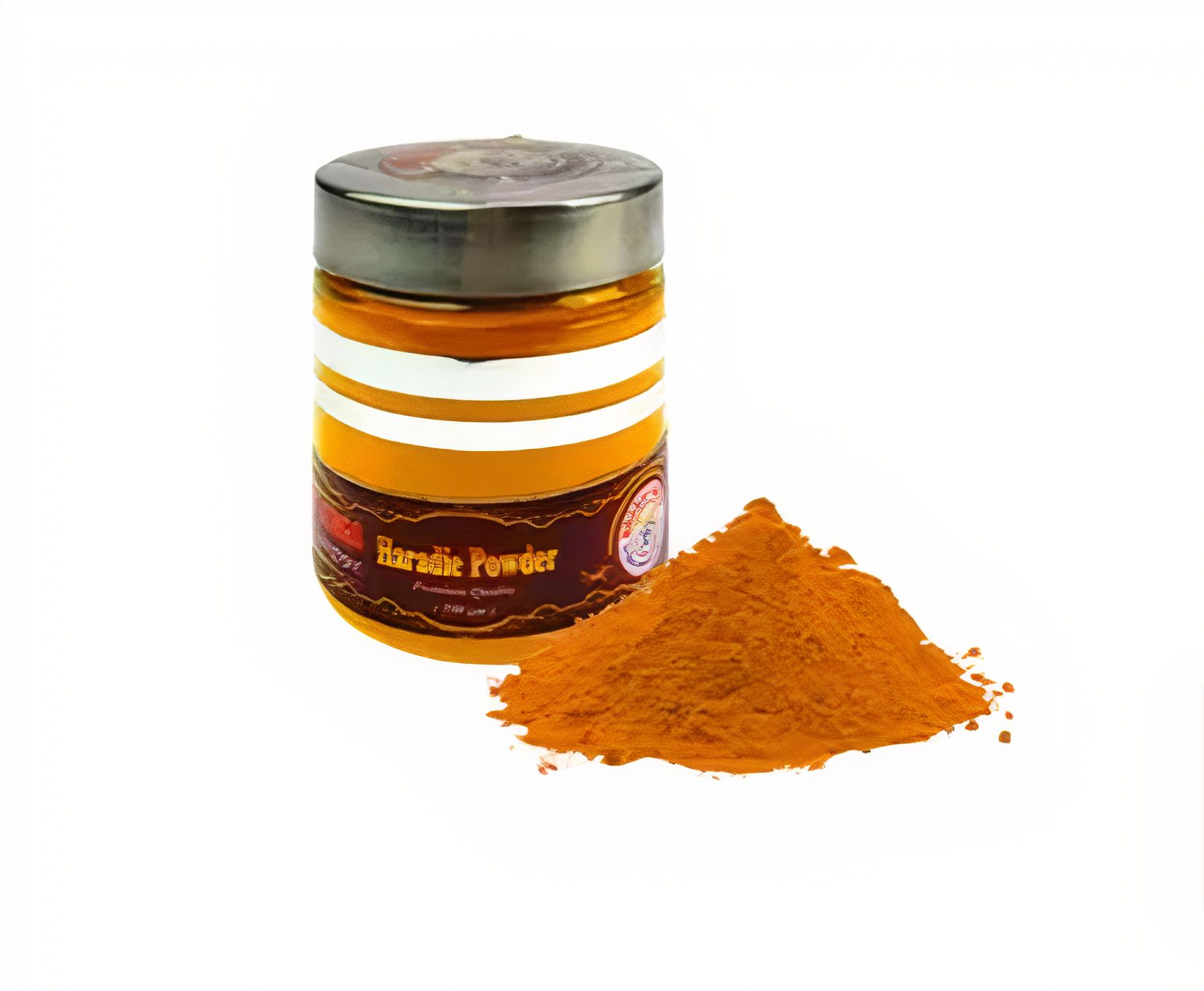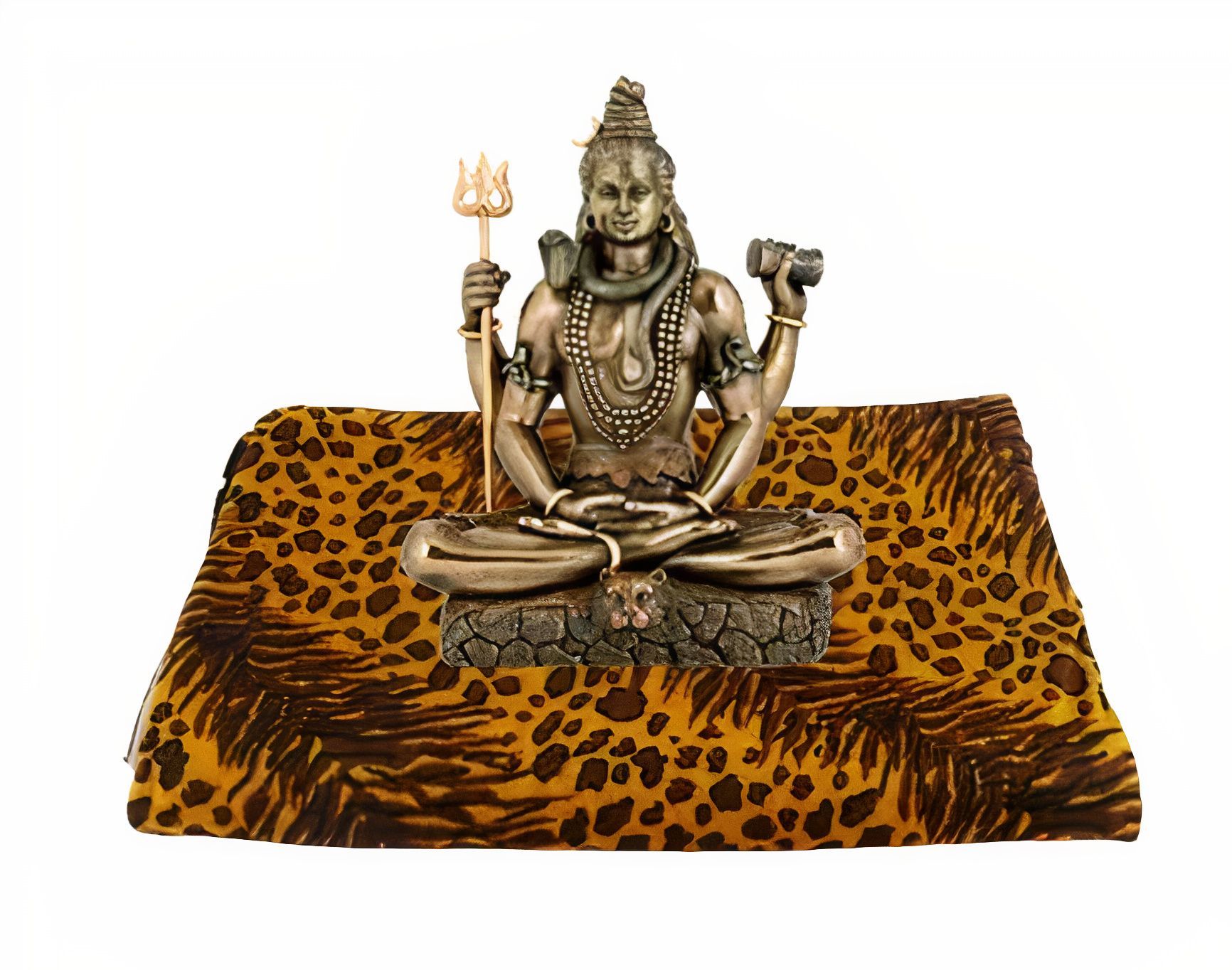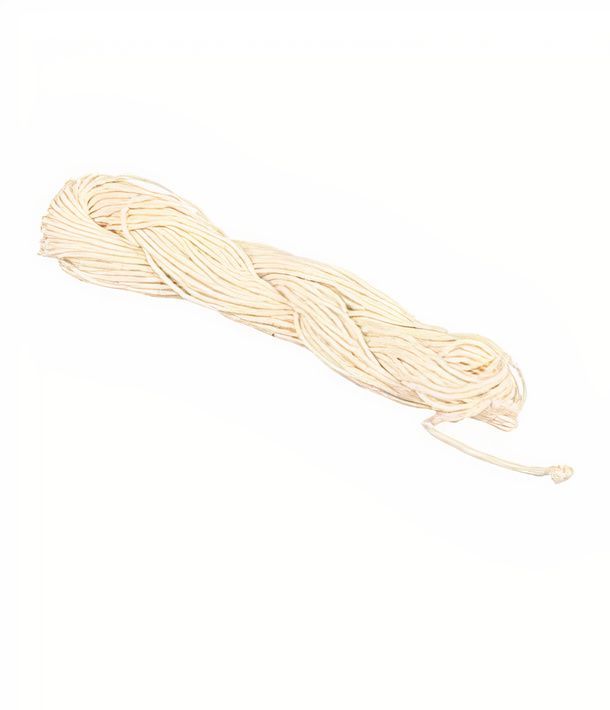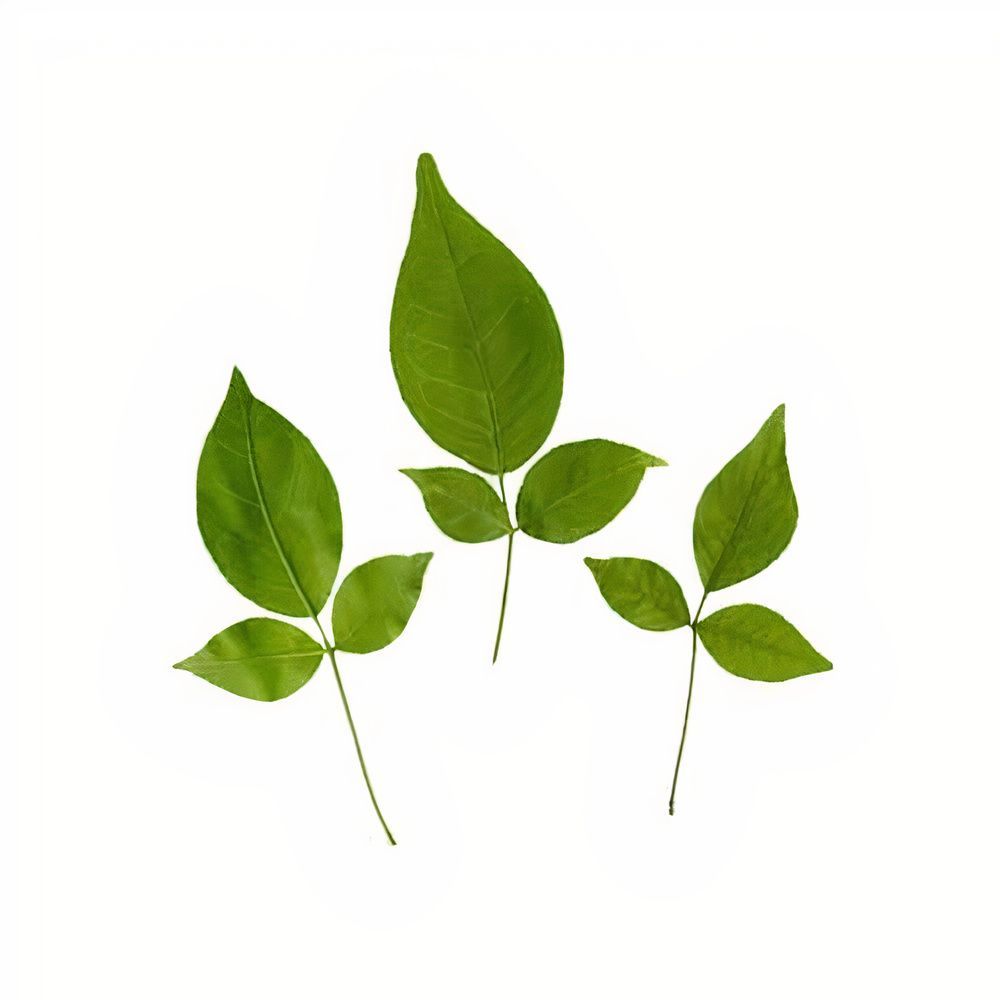MAHA SHIVARAATRI
The special night of Shiva
Buy BK products via Webshop Reltra.com
Shivaraatri pooja youitleg
What and when is Shivaraatri?
Maha Shivaraatri, an important Hindu religious festival celebrated annually. Literally translated, "Shivaraatri" means "the night of Shiva". This holy night usually falls on the thirteenth or fourteenth day (and night) after the full moon of the Hindu month
Phalguna
(February/March),
Shivaraatri is dedicated to Lord Shiva, one of the most important deities in Hinduism, who is considered the destroyer of evil and the transformative force in the universe. During Shivaraatri, devotees fast and worship Shiva throughout the night, with prayers, mantras and chanting of hymns.
The legend behind Shivaraatri varies, but a common story is about the wedding day of Shiva and Parvati. According to tradition, they got married on this night. Devotees believe that observing Shivaraatri will bring them blessings from Shiva, forgiveness of sins, and spiritual elevation. Special prayer services are held in many Hindu temples, and devotees fast during the day and keep vigil at night in devotion to Lord Shiva.
The celebration also symbolizes the victory of good over evil and the awareness of the divinity within. It is a time for introspection, spiritual growth and devotion to Shiva as a source of power and enlightenment.
Wellke mantra is for Shiva Raatri?
Usually during Shiva rituals specific mantras are said for each action, in most cases this causes confusion for a beginning Shiva devotee. Here we have indicated a simple Shiva mantra that you can say during the entire Shiva ritual.
"Ohm Namah Shivaye namah"
"I bow to you Lord Shiva"
Recite this Shiva mantra throughout the process.
What can you do during Shivraatri?
During Shiva pooja "Shivaraatri" it is wise to be clean, which means not eating meat and fish.
You also try to concentrate on Shiva during this period and seek peace and tranquility within yourself.
You can a pooja
(perform worship ritual) in the form of a Shiva pooja
(worship at your shiva statue), Rudra abhishek
(milk offering on your Shiva Lingam), a Maha Mrityunjaya Havan
(Fire sacrifice with 108 times the name of Shiva) or a Jaap
(meditation by reciting the Shiva mantra at least 108 times with a Rudraksha bead necklace). Below you can read how to do all this.
How to do Shivaraatri Pooja?
Here is a simple step-by-step plan to perform a concise Shiva pooja, each action is of course optional for everyone. Try to perform each action with full dedication and love, so that you will undoubtedly receive the love that you give to Bhagwan. People often hesitate to perform a Shiva pooja because they do not master a few mantras or actions, but they underestimate themselves in this. If each action (in your own way) is performed with full dedication and love within a pooja, the pooja is also performed in a good mood.
Step 1: Prepare
Preparation requirements:
1x Shiva incense
1x Shiva akhand deep (this burns for 9 days) / or normal ghee diya
1x Shiva Yantra / Shiva Lingam / Shiva statue
Prepare for the festival by lighting a dia and incense, this will cleanse the space in which you aree pooja. Place the image of shiva / Shiva lingam / Shiva Yantra in a central place in your altar and concentrate your mind on Shiva Bhagawan. (this can also be done by means of Jaap, meditation on a Rudraksha bead necklace) see video (see https://youtu.be/YEuYZLhJGhE)
Yantra (instrument to gather the powers you summon)
This Yantra acts as a tabijh (protection) which you can keep with you as
you go outside or you can place this at your front door to ward off negative influences.
Step 2: Asnaan (Bathing Image)
Ingredients for Asnaan:
1x Gangajal (water from the holy river Ganges)
1x Rosewater
Cleanse the idol and yantra with BHARAT KINGS by pouring pure gangajal over your idol/yantra or Shiva Lingam and then rose water. (see video)
Recite ''Ohm namah shivaya'' throughout the process. (Other shiva mantras are also welcome).
Step 3: Offering Dhaar (mixture of herbs)
Requirements for Shiva Dhaar offering:
1x Shiva Dhaar
1x Thali and Lota
1x white flour
1x Kamal water (lotus water)
1x sugar cane juice
Put in a lottery:
Mix milk, gangajal, sugarcane juice and kamal water with special
Shiva dhaar together into a fragrant mixture. (see video)
Then place a white flower on the lota and pour the mixture in a continuous stream over your Shiva Lingam/murti or Yantra and collect it in a thali.
Save the Shiva dhaar mix mixture and use it in your
own bath and cleaning your home or own body.
NOTE!! ALWAYS MAKE FRESH!!
ps. Recite the mantra ''Ohm namah shivaya'' throughout the process. (Other shiva mantras are also welcome of course).
Step 4: Tilak (decorating image)
Tilak Requirements:
1x Sindhur (red vermilion)
1x Chandan yellow (yellow ground vermilion)
1x vibuti (ash from plant remains)
1x Hardi (turmeric)
With your right ring finger, on Shiva's forehead (if you have a Shiva statue) or centrally on the Shiva Lingam/ Yantra, dab the following powders:
*Sindhur (symbolizes love)
*Chandan yellow (which symbolizes attraction)
*Hardi (which symbolizes cleanliness and purity)
*Vibuti (symbolizes the fact that Shiva is the god of destruction and new beginnings)
(apply in the order above)
Step 5:Vaastram (Donating clothes)
Requirements Vaastram:
1x Shiva or tiger fabric clothing
1x yagjopawitra / Janew cord (white yarn)
Dress up Shiva with the clothing pieces
and place the white yarn diagonally on his shoulders and waist. (on the left shoulder and under the right arm)
Step 6: Offers
supplies offers:
1x dhatura seeds
1x image leaves (minimum 3 sets)
1x Paan leaf
1x Soparie
1x lawang (cloves)
1x Fruit
1x Coconut
Offering flowers:
1x white bunch of chrysanthemums
To visualize the image, place the above products in a bowl.
first the fruits and then at last
the paan leaf with a soparie and cloves on it,
This is done in the form of a dessert.
After this you can proceed to Havana,
a fire offering ceremony, which is of course optional for everyone.
At the end of the Shiva pooja, as usual, the Shiva aarti is sung and the Shiva chalisa is heard (see video).
How do you do a Mantra jaap?
With a shiva rudraksh mala you can perform a monkey.
a jaap is the recitation of a mantra in this ritual the shiva mantra
"Ohm namah Shivaye Namaha" take the japa mala in your right hand
do not touch the mala with your index finger and your little finger. and then recite the mantra as you pass each rudraksh bead. do this until you reach the end of the mala.
The goal is to say the mantra 10,000 times to make 1 wish come true. At the end of the malajaap after the 10,000 times you close this session with a hawan.
For an explanation, see this video. (click here)
We also have a separate page (see "Rudraksha Jaap") for more information about this
How to do a Maha Mrityunjaya Havan
A Shiva Havan is a ritual fire sacrificial ceremony in honor of Lord Shiva, in which prayers and offerings are made into the sacred fire. Here is a brief explanation of how to perform a basic Shiva Havan:
Supplies:
1. Havan Kund (sacred fire bowl in which the fire is lit)
2. Wooden sticks
3. Kampfer/Kapoor
4. Ghee
5. long spoon to put ghee in the fire
Steps
Step 1:Preparation
Cleanse yourself physically and mentally. Have all the supplies within reach.
Step 2: Install the Havan Kund
Place it on a stone (something non-flammable) facing east or north, according to Hindu tradition.
Fill the Havan Kund with wood (usually 3 pieces, wet it a little to avoid crackling).
Step 3: Light the fire
Place a camphor block on a spoon, then light it on the spoon and place this fire in the havan kund on the wood.
Say the mantra:
Ohm bhur bhuvah svah dhyauhriwah bhumna prithivie variemna, thasyaaste prithivie deva djadjanie, prishthe agni mannaadhyayaah dadhe.
"Oh almighty divinity, our protector, the creator, who manifests in three places, the earth, the atmosphere, the sky. I hereby place the fire in the Hawan kund which implies all the powers and energy sources of nature. Your immeasurable creation where all the inhabitants of the three worlds reside feel blessed when performing the sacrifices''
Step 4: Recite mantras:
Start by reciting mantras in honor of Lord Shiva, such as the Maha Mrityunjaya Mantra.
Shiva mantra:
In the meantime, I have been
Ohm Namah Shivaye SVAHA
"I bow to you Lord Shiva"
Maha Mrityunjay Mantra:
See more More
See more उर्वारुकमिव मामृतात्। स्वाहा
Om Tryambakam Yajamahe Sugandhim Pushtivardhanam
Urvarukamiva Bandhanan Mrityor Mukshiya Maamritat SVAHA
"We worship the Three-Eyed One (Shiva), dwhich has a pleasant scent and strengthens all beings,
As the cucumber is protected from being picked, mMay He deliver us from death and set us free to immortality."
Every time you recite the mantra (at "SVAHA") with the long spoon, add a few drops ghee
in the havan kund
Repeat this 108 times &Concentrate on your prayers while the fire is burning. Visualize the presence of Lord Shiva.
Step 5: Closing
This is an opportune time to convey personal requests or intentions to Lord Shiva.
End the ceremony by slowly extinguishing the fire, or carefully place the havan kund outside so that the fire will extinguish itself. The remaining ash is considered sacred and is sometimes used on the forehead.
This is a simplified explanation, and it is always good to have someone with experience perform these ceremonies if you are new to rituals, but of course try as much as you can on your own.








